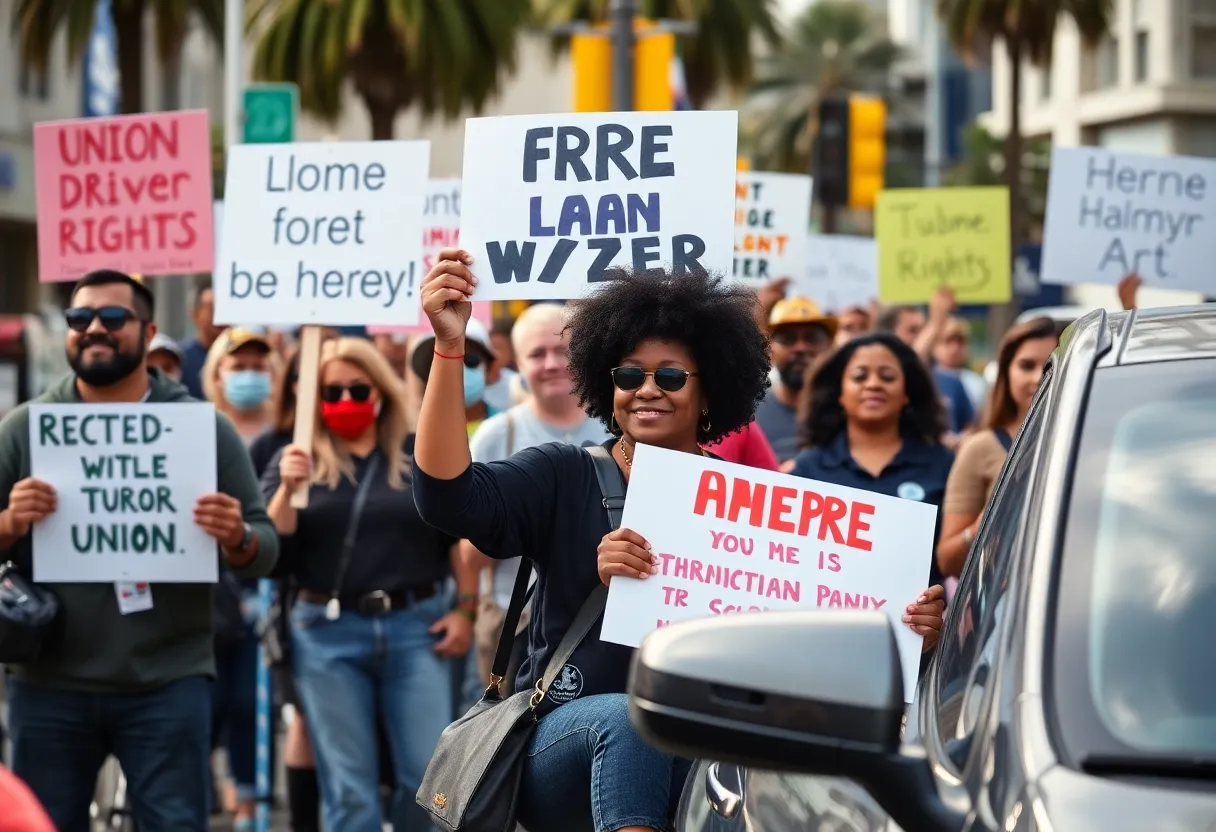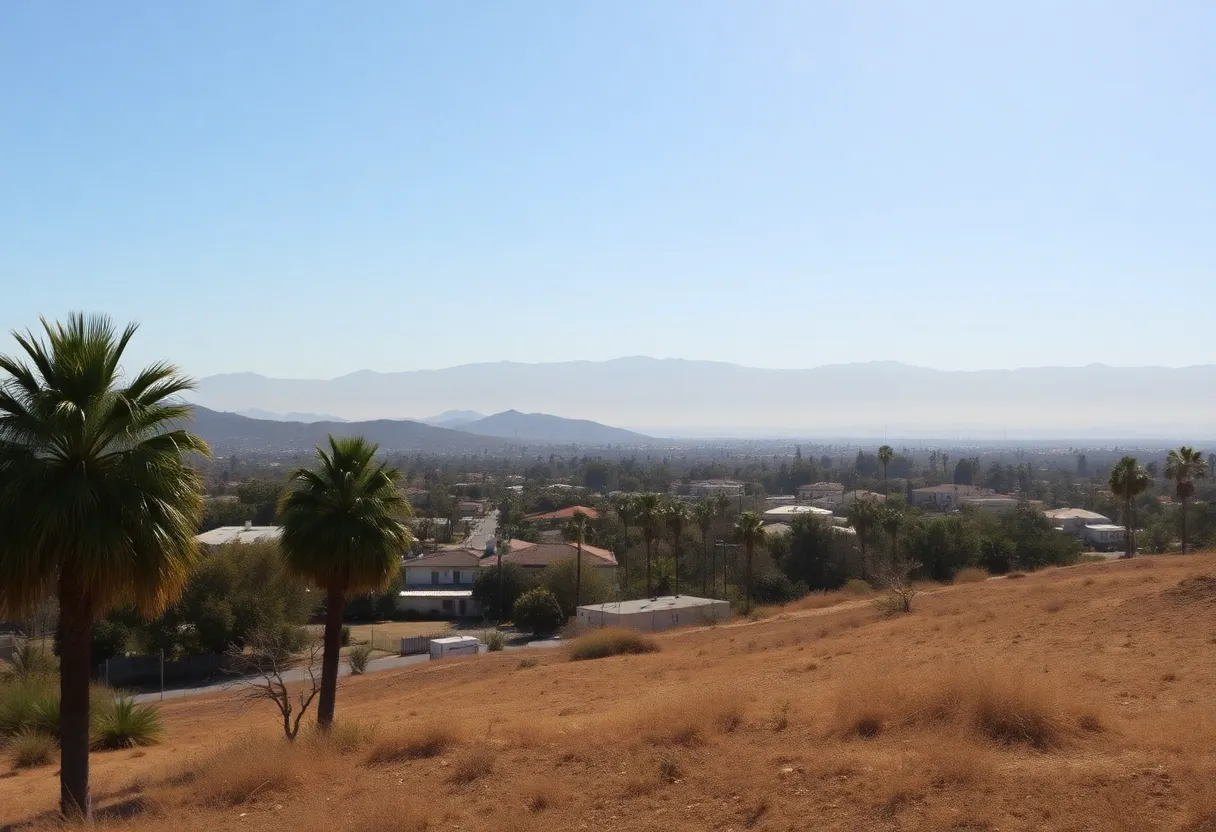California, October 4, 2025
News Summary
California Governor Gavin Newsom has signed AB 1340, enabling Uber and Lyft drivers to form unions and negotiate contracts despite being labeled as independent contractors. Set to take effect on January 1, this law allows certified unions to advocate for drivers’ rights regarding pay, working conditions, and benefits. It also provides protections against retaliation for union activities. While this is a significant step for gig workers, concerns remain about the challenges in achieving better pay and the absence of a guaranteed right to strike.
California Governor Gavin Newsom has taken a significant step for gig economy workers by signing legislation that provides Uber and Lyft drivers in the state with a pathway to unionization. The new law, known as AB 1340, enables these drivers to negotiate their first union contract, despite being classified as independent contractors. This legislation is set to take effect on January 1, marking a pivotal change in the landscape of labor rights for app-based drivers in California.
Under AB 1340, drivers’ unions that are certified by a state board will have the authority to negotiate on behalf of drivers, covering key areas such as pay, working conditions, and benefits. Furthermore, the law includes provisions that protect drivers from retaliation when participating in union activities. This marks a crucial development in the ongoing struggle for workplace rights and comes in the wake of the 2020 ballot measure, Proposition 22, which reclassified drivers as independent contractors.
Typically, independent contractors lack the right to collectively bargain under federal law, unlike employees who are afforded rights to minimum wage and overtime. This new legislation aims to change that dynamic by mandating that app-based companies and certified unions negotiate in good faith on driver-related issues, including pay rates, deactivation processes, and paid leave. The oversight of union elections and bargaining compliance will be managed by the Public Employment Relations Board, ensuring that drivers’ interests are fairly represented.
Initially, Uber and Lyft opposed the unionization measure. However, after negotiations that led to reduced insurance coverage requirements through a separate bill, SB 371, both companies shifted their stance. Despite this progress, critics maintain that the law introduces significant barriers for drivers seeking better pay and benefits from these technology giants. An essential requirement for forming a union is acquiring signatures from at least 10% of California’s estimated 800,000 ride-hailing drivers, with a minimum of 30% approval needed to formally recognize the union.
Some driver advocates express concerns regarding the new law, particularly the absence of a guaranteed right to strike, which is a critical element in securing union leverage and bargaining power. This law follows a favorable ruling from the California Court of Appeals, which cleared the path for lawmakers to grant collective bargaining rights, despite the constraints imposed by Proposition 22.
Experts in labor relations remain skeptical about the long-term effectiveness of AB 1340, noting that Uber and Lyft retain considerable control over drivers’ earnings and working conditions. Labor leaders will also face a series of administrative hurdles before formal negotiations can commence, and some projections estimate that discussions regarding contracts may not start until as late as 2026.
Additionally, a wage theft lawsuit is currently underway against both Uber and Lyft, where drivers seek to reclaim back wages and secure improved future pay. The dual objectives of AB 1340 and its accompanying legislation aim to establish a balance between reducing costs for passengers while enhancing drivers’ influence within the gig economy. Notably, California is now the second state in the U.S., following Massachusetts, to implement such pathways for app-based drivers.
Key Features of the Legislation
| Feature | Description |
|---|---|
| Unionization Authority | Allows Uber and Lyft drivers to form unions and negotiate contracts. |
| Protection from Retaliation | Drivers are protected from retaliation for participating in union activities. |
| Negotiation Requirements | App-based companies must negotiate in good faith with certified unions. |
| Union Formation | Requires 10% of drivers to sign for a union, with 30% approval needed for recognition. |
| Regulatory Oversight | The Public Employment Relations Board will oversee union elections and compliance. |
| Implementation Date | The law takes effect on January 1. |
FAQ
What is AB 1340?
AB 1340 is a legislation signed by California Governor Gavin Newsom that creates a pathway for Uber and Lyft drivers to negotiate their first union contract.
When does the law take effect?
The law will take effect on January 1.
What protections does the law offer to drivers?
The law offers protections against retaliation for union activities and guarantees that app-based companies must negotiate in good faith over pay and working conditions.
What are the requirements for forming a union?
To form a union, labor leaders must secure signatures from at least 10% of California’s approximately 800,000 ride-hailing drivers and achieve a 30% approval for formal recognition.
What challenges do drivers face under this law?
Drivers face significant barriers in convincing Uber and Lyft to offer better pay and benefits, and there are concerns about the absence of a guaranteed right to strike.
Deeper Dive: News & Info About This Topic
- Politico: Newsom Signs Landmark Deal for Uber, Lyft Driver Unions
- Wikipedia: Union
- The Guardian: California Ride-Hailing Drivers Union
- Encyclopedia Britannica: Unions
- New York Times: Uber and Lyft Drivers Unionize in California
- Google Search: Uber Lyft California Unionization
- Los Angeles Times: California Lawmakers Propose Legislation for Drivers’ Unionization Rights
- Bloomberg Law: Uber’s California Union Deal Explained

Author: STAFF HERE MISSION VIEJO WRITER
The MISSION VIEJO STAFF WRITER represents the experienced team at HEREMissionViejo.com, your go-to source for actionable local news and information in Mission Viejo, Orange County, and beyond. Specializing in "news you can use," we cover essential topics like product reviews for personal and business needs, local business directories, politics, real estate trends, neighborhood insights, and state news affecting the area—with deep expertise drawn from years of dedicated reporting and strong community input, including local press releases and business updates. We deliver top reporting on high-value events such as Oso Fit 5K Fun Run and Community Health Fair, Walk Against Drugs & Community Fair, and National Night Out. Our coverage extends to key organizations like the Mission Viejo Chamber of Commerce and Providence Mission Hospital Mission Viejo, plus leading businesses in retail and education that power the local economy such as The Shops at Mission Viejo, Capistrano Unified School District, and Amazon Delivery Station. As part of the broader HERE network, including HEREAnaheim.com, HEREBeverlyHills.com, HERECostaMesa.com, HERECoronado.com, HEREHollywood.com, HEREHuntingtonBeach.com, HERELongBeach.com, HERELosAngeles.com, HERESanDiego.com, and HERESantaAna.com, we provide comprehensive, credible insights into California's dynamic landscape.




